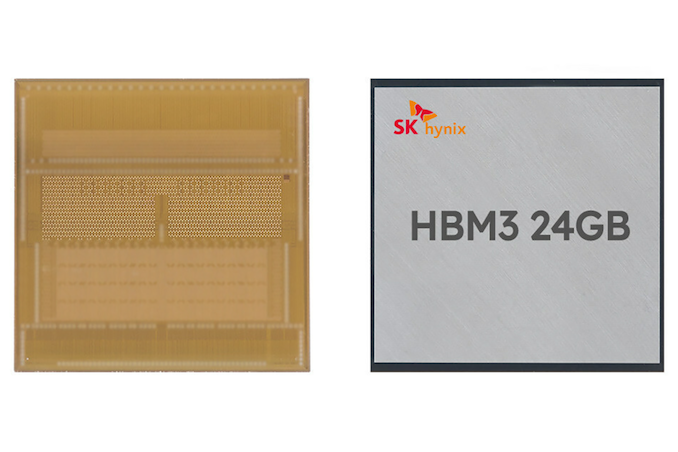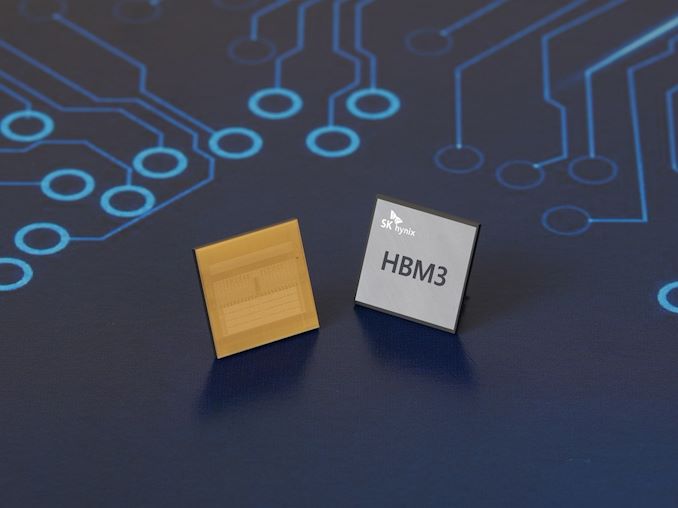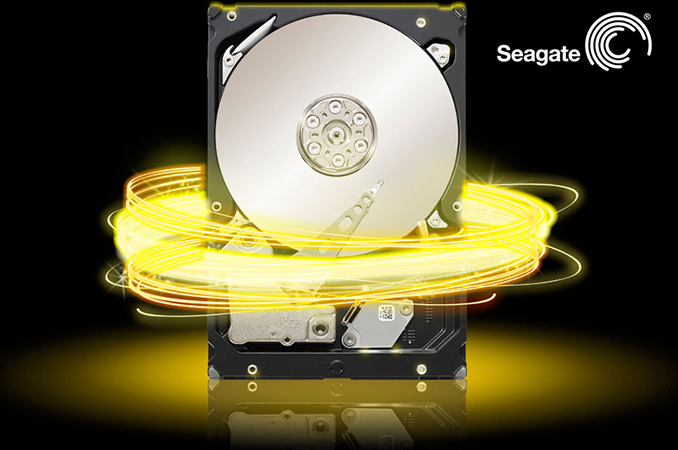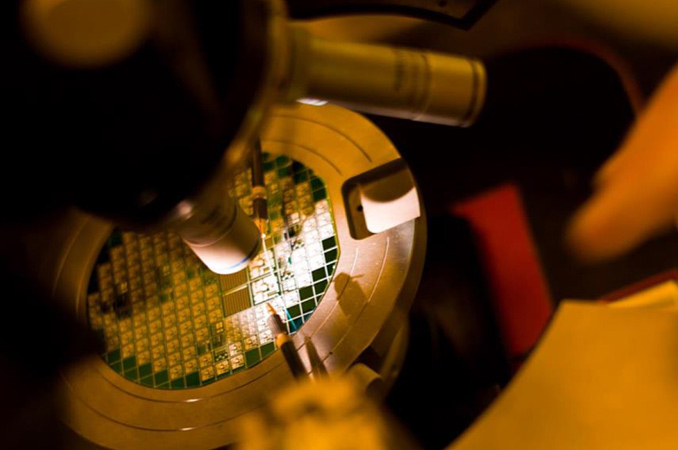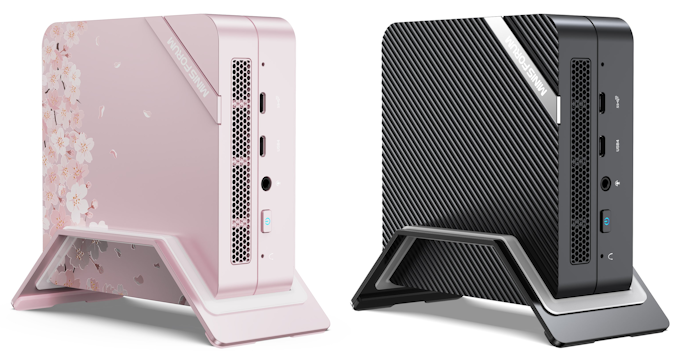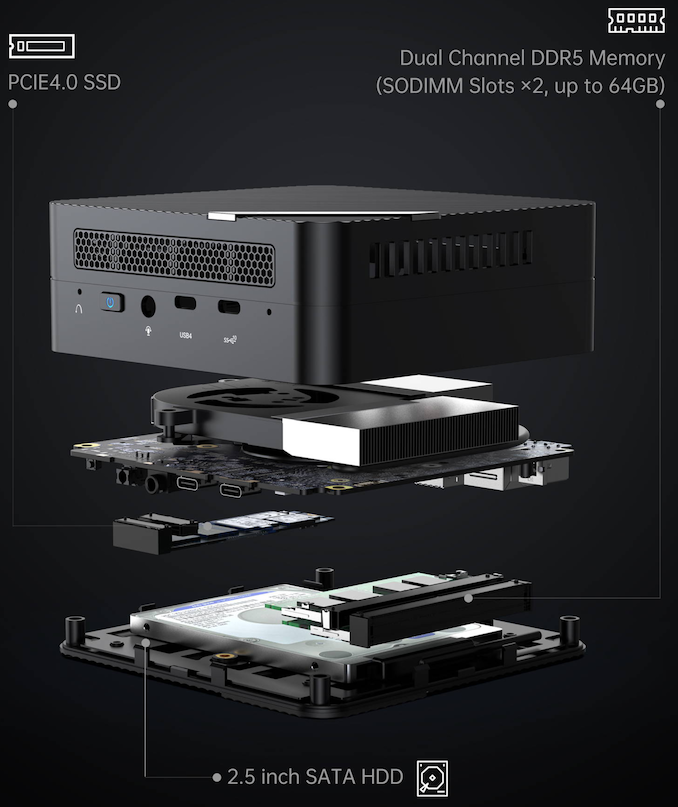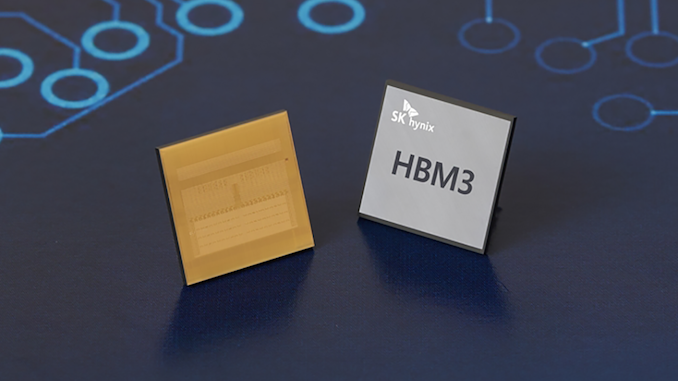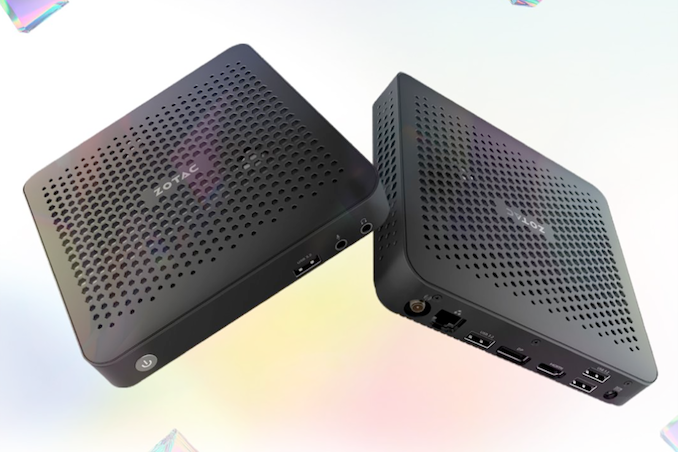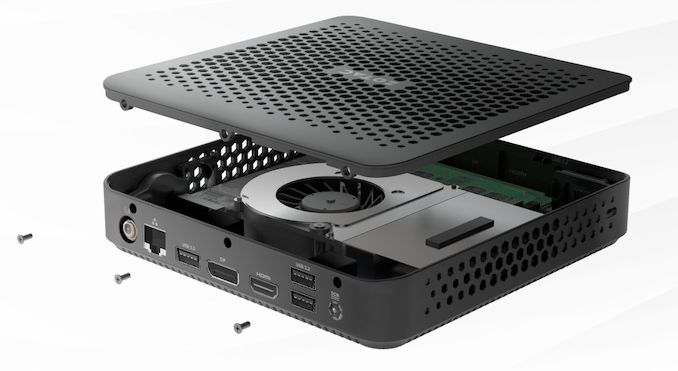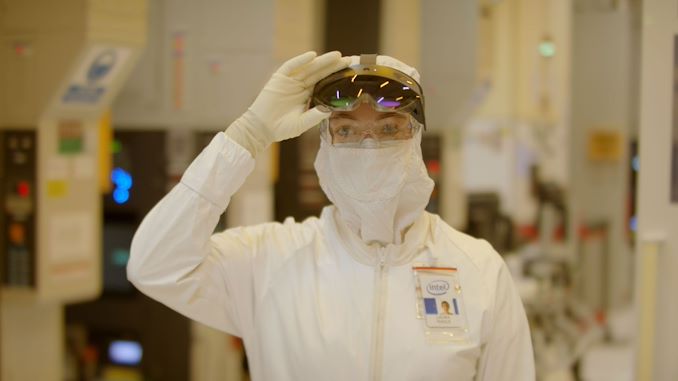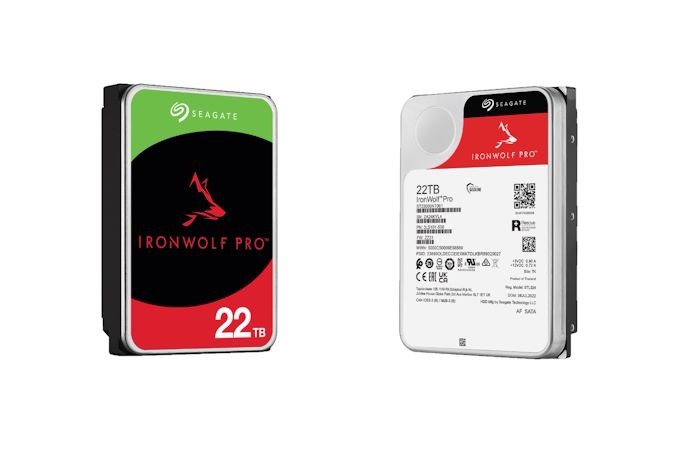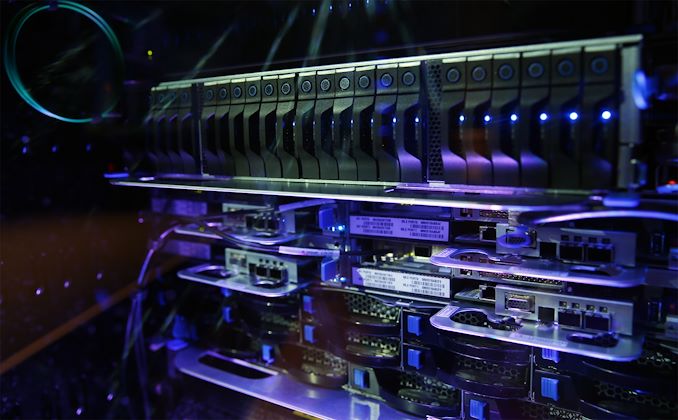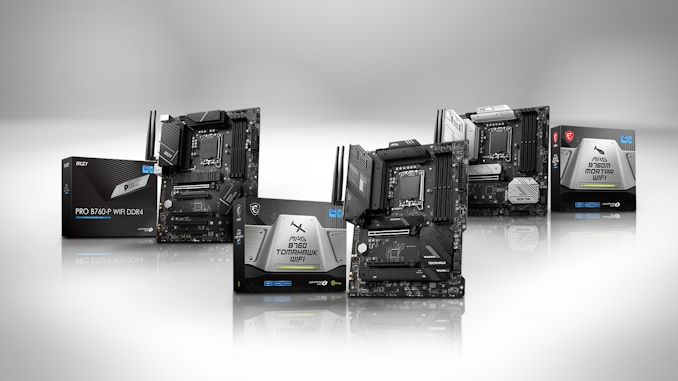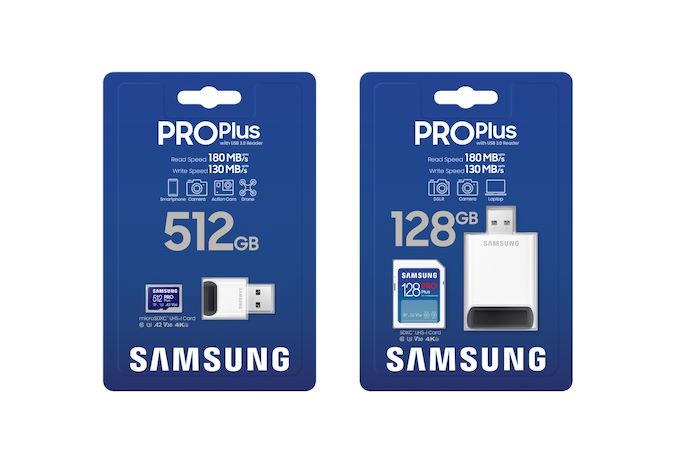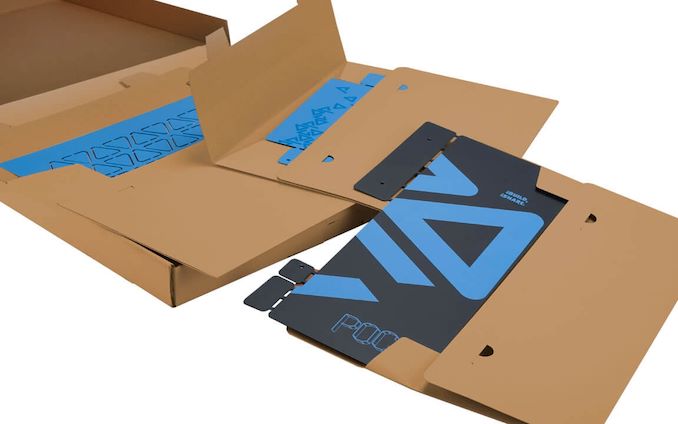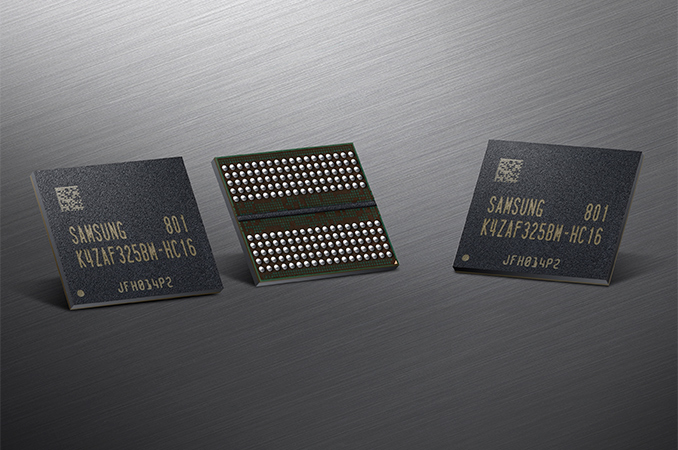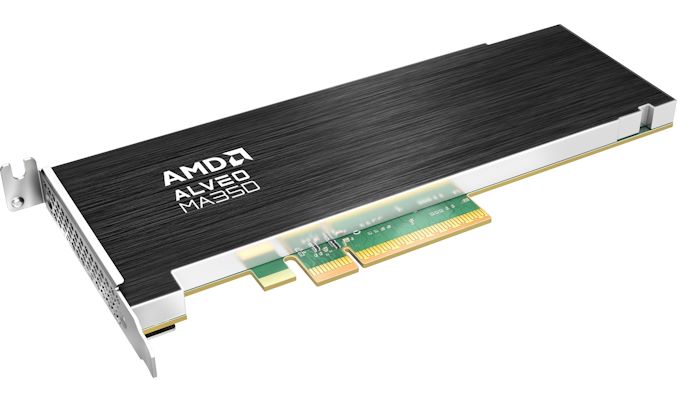
Many gaming-eccentric smartphones may already be on the market, but Asus wants that throne all for itself. The company recently announced its latest ROG Phone 7 series of high-end gaming smartphones during their “For Those Who Dare” virtual event. The ROG Phone 7 series targets enthusiast mobile gamers. Asus has revealed two models for this generation: the ROG Phone 7 and ROG Phone 7 Ultimate. Both devices share identical specifications, while the Ultimate variant has a few extra bells and whistles that may interest some gamers.
The ROG Phone 7 series joins the ranks of the Samsung Galaxy S23, the OnePlus 11, the vivo iQOO 11, and the Xiaomi 13 Pro that utilize Qualcomm’s latest Snapdragon 8 Gen 2 (SM8550) SoC. The 4 nm SoC conforms to an octa-core design consisting of one sizeable prime core (Cortex-X3), four performance cores (two Cortex-A715 and two Cortex-A710), and three efficiency cores (Cortex-A510). Like the majority competition, Asus uses the vanilla SM8550 with a 3.2 GHz clock speed on the Kryo prime core. However, Samsung’s Galaxy S23 lineup uses a special-binned variant that hits 3.36 GHz.
On the graphics side, the SoC has the Adreno 740, which offers 25% more performance than the Adreno 730, according to Qualcomm’s claims. Adreno 740 also brings other exciting features, such as support for hardware ray tracing and Vulkan 1.3 support. The base model ROG Phone 7 comes with 12 GB of LPDDR5X-8533 memory, while the higher-specced version and the Ultimate bump that up to 16 GB. Similarly, the base model phone comes with 256 GB of UFS 4.0 storage, which is bumped up to 512 GB on the more premium models. It’s a significant upgrade over the ROG Phone 6’s storage, which started at just 128 GB. The switch to newer UFS 4.0 storage should also improve sequential read speeds – technically as high as 4.2 GB/s – though as always, real world performance is going to depend on the underlying NAND used.
| ROG Phone 7 Series |
| |
ROG Phone 7 |
ROG Phone 7 Ultimate |
| SoC |
Qualcomm Snapdragon 8 Gen 2 (SM8550)
1 x Cortex-X3 @ 3.2 GHz
2 x Cortex-A715 @ 2.8 GHz
2 x Cortex-A710 @ 2.8 GHz
3 x Cortex-A510 @ 2.0 GHz
Adreno 740 |
| DRAM |
12 GB / 16GB
LPDDR5X-8533 |
16 GB LPDDR5X-8533 |
| Display |
6.78″ AMOLED HDR10+
2448 x 1080
165 Hz Refresh rate |
| Size |
Height |
173 mm |
| Width |
77 mm |
| Depth |
10.3 mm |
| Weight |
239 g |
| Battery Capacity |
6,000 mAh
65W |
| Wireless Charging |
N/A |
| Rear Cameras |
| Main |
50 MP, f/1.9, 1/1.56″, 1.0 µm, PDAF |
| Telephoto |
8 MP, f/2.0 |
| Wide |
13 MP, f/2.2, 120° |
| Extra |
– |
| Front Camera |
35 MP, f/2.5, 1/3.2″, 0.7 µm |
| Storage |
256 GB / 512 GB UFS 4.0 |
512 GB UFS 4.0 |
| I/O |
USB 3.1 Type-C, USB 2.0 Type-C, 3.5 mm connector |
| Wireless (local) |
802.11 (WiFi 7),
Bluetooth 5.2 |
| Cellular |
5G |
| Special Features |
ROG Vision |
ROG Vision
AeroActive Cooler 7 (Bundled) |
| Splash, Water, Dust Resistance |
IP54 |
| Dual-SIM |
2 x nano-SIM |
| Launch OS |
Android 13 |
| Launch Price |
€999 / €1199 |
€1399 |
With regards to design, Asus seemingly believes the design of their ROG phones doesn’t need any significant changes if it works. To that end, the ROG Phone 7 series sports a similar design to last year’s ROG Phone 6 series, with the ROG Phone 7 series receiving only a minor facelift. Consequently, the two smartphones have the same footprint (173 x 77 x 10.3 mm) and weight (239 g), placing the ROG Phone 7 series’ dimensions more or less along the range of the Apple iPhone 14 Pro Max or Samsung Galaxy S23 Ultra. The ROG Phone 7 is available in Storm White and Phantom Black colors, while the ROG Phone 7 Ultimate only comes in the former option. The smartphone is IP54-certified – only offering splash resistance as opposed to being completely waterproof/submersible – so owners should take care of their devices when near water.
In terms of build quality and materials, ROG Phone 7 series is designed to have every feel of a premium smartphone. The device has an aluminum body accentuated by a dual-glass design, featuring Gorilla Glass Victus for protection on the front and ordinary Gorilla Glass 3 at the rear. The Samsung AMOLED HDR10+ screen measures 6.78 inches and has a screen-to-body ratio of around 82%. The always-on 10-bit display has a 2,448 x 1,080 pixels resolution, resulting in a pixel density of 395 PPI. Being a gaming smartphone, the ROG Phone 7 series flaunts a peak refresh rate of 165 Hz and supports 10-point multitouch and glove touch. In addition, a hidden fingerprint reader resides under the display. Although the screen on the ROG Phone 7 is quite similar to the ROG Phone 6, the newer has a higher maximum brightness (1,500 nits vs. 1,200 nits). Meanwhile, the Ultimate version of the phone also adds a secondary pOLED display at the back of the device. The tiny display allows consumers to display different animations to add flair to the smartphone.

Although the ROG Phone 7 is a gaming smartphone, the device has a pretty decent camera setup. The primary shooter is a 50-megapixel camera that leverages Sony’s IMX766 sensor with an f/1.9 aperture. PDAF is the only means of autofocus, though. Meanwhile, the ultrawide camera uses a 13-megapixel sensor with a 120-degree field of view with an f/2.2 aperture. The macro camera, on the other hand, is just a five-megapixel snapper with an f/2.0 aperture. The camera combination allows the ROG Phone 7 to offer 8K recording at 24 FPS, 4K at 60 FPS, 1080p at 240 FPS, or 720p at 480 FPS. Finally, the selfie camera is a 32-megapixel Quad Bayer sensor with an f/2.5 aperture with 1080p at 30 FPS recording capability.
Asus has revamped the brand’s GameCool 7 cooling system to keep the ROG Phone 7 running cool. The vendor uses a boron nitride-based thermal compound for the CPU. In addition, the cooler has a vapor chamber with six liquid-return channels and graphite sheets for maximum heat dissipation. For long gaming sessions, Asus recommends slapping on the AeroActive Cooler 7, a beefy thermoelectric Peltier cooler that attaches to the smartphone via the USB Type-C port. The dual-cooling design helps lower the smartphone’s back and touch panel temperatures. Besides cooling, the AeroActive Cooler 7 adds a small sub-woofer and four additional ergonomically placed buttons to the ROG Phone 7 series. The AeroActive Cooler 7 comes bundled with the ROG Phone 7 Ultimate, while for vanilla ROG Phone 7 users it can be purchased separately. Asus hasn’t shared the pricing for the stand-alone AeroActive Cooler 7, though the previous version retailed for $99.
The smartphone has two 12 x 16 mm dual front-facing speakers, and with the integrated sub-woofer from the AeroActive Cooler 7, gamers can enjoy a 2.1 audio experience. The smartphone still provides a standard 3.5 mm connector for connecting headphones.
Asus outfitted the ROG Phone 7 with a 6,000 mAh battery, which is the same capacity as on the prior ROG Phone 6. The smartphone arrives with a big 65-watt HyperCharger USB PD charger. According to Asus, the smartphone only takes around 42 minutes to get a full charge. WiFi 7 and Bluetooth 5.2 connectivity are present, thanks to the Snapdragon 8 Gen 2 chipset. NFC is supported as well. The shortlist of I/O ports on the ROG Phone 7 series includes one USB 3.1 Gen Type-C port and one USB 2.0 Type-C port.
Finally, running on top of the ROG Phone 7’s hardware is the latest Android 13 (Tiramisu), with Asus’ custom ROG theme over it. With this generation, Asus has pledged to give the smartphone two major OS updates and up to four years of security updates.
For the initial release of the ROG Phone 7 series, Asus is focusing on Europe, Taiwan, and Hong Kong. Pre-orders have already started, and although Asus has not announced a shipping date, it’s notable that pre-orders are set to close on April 30th. Meanwhile, the phone is slated to make its way to North America and other markets a bit later, with a looser-defined Q2 launch date.
The European pricing for the phone starts at €999 (~$1,100) for the base model, and €1199 (~$1,325) for the higher capacity 16GB/512GB version. Meanwhile the Ultimate variation of the phone will cost €1,399 (~$1,550). Asus has not shared North American pricing for the phone, so that information is likely to come closer to the phone’s North American launch later in the quarter.
Source: AnandTech – Asus Announces ROG Phone 7 & ROG Phone 7 Ultimate Gaming Smartphones


